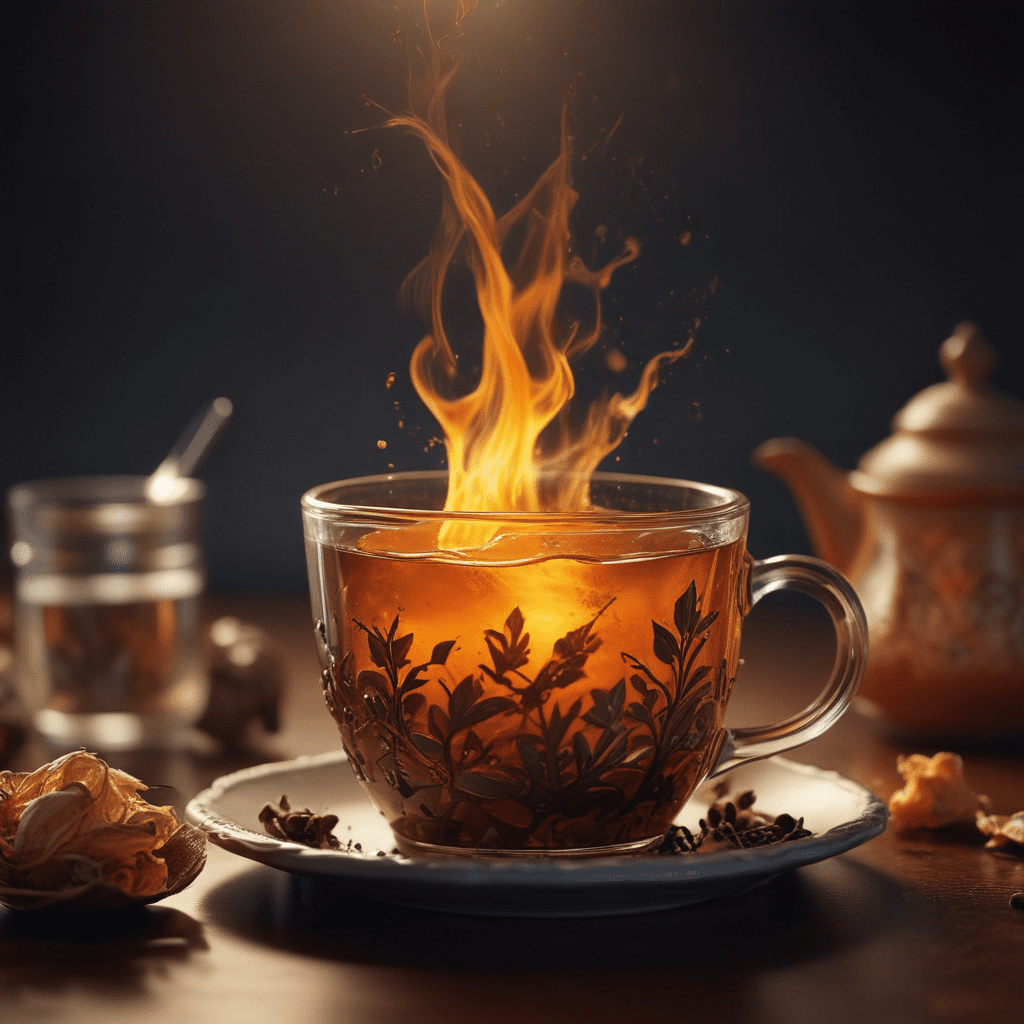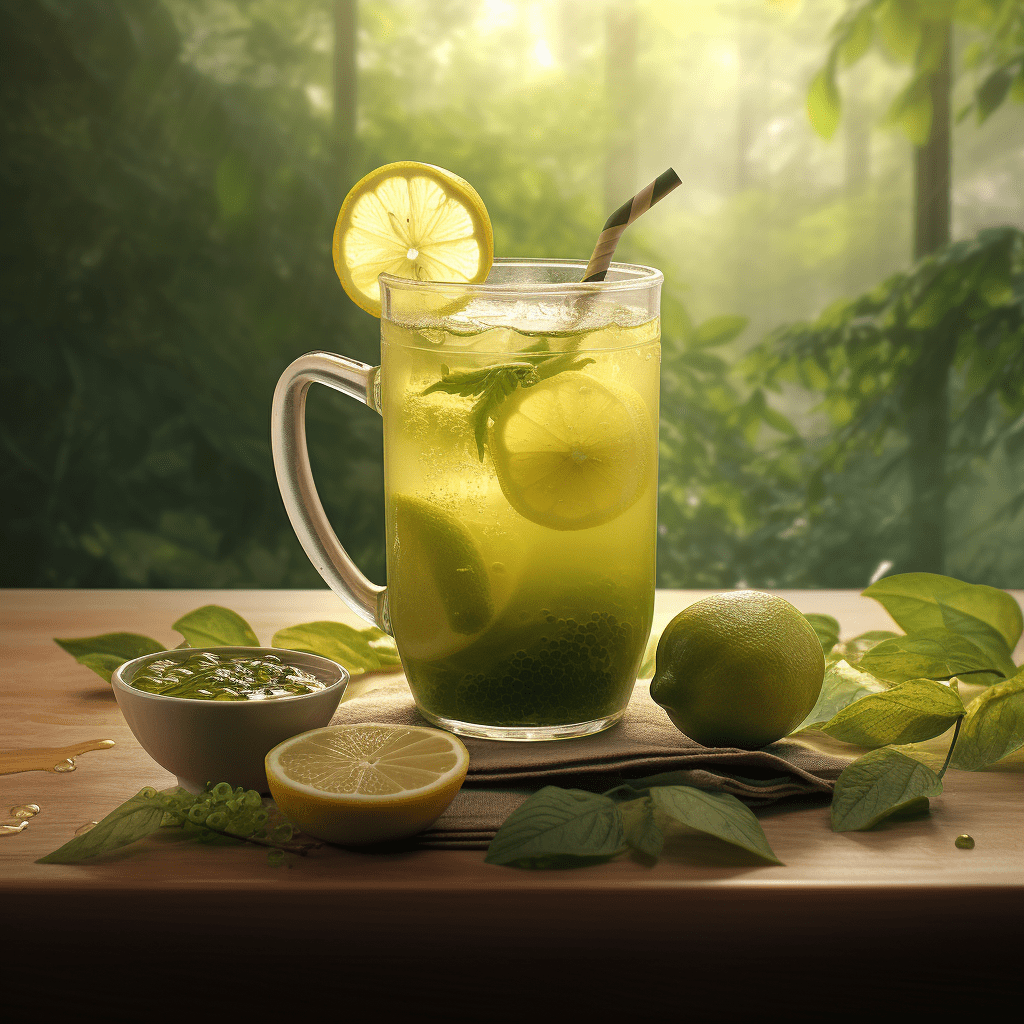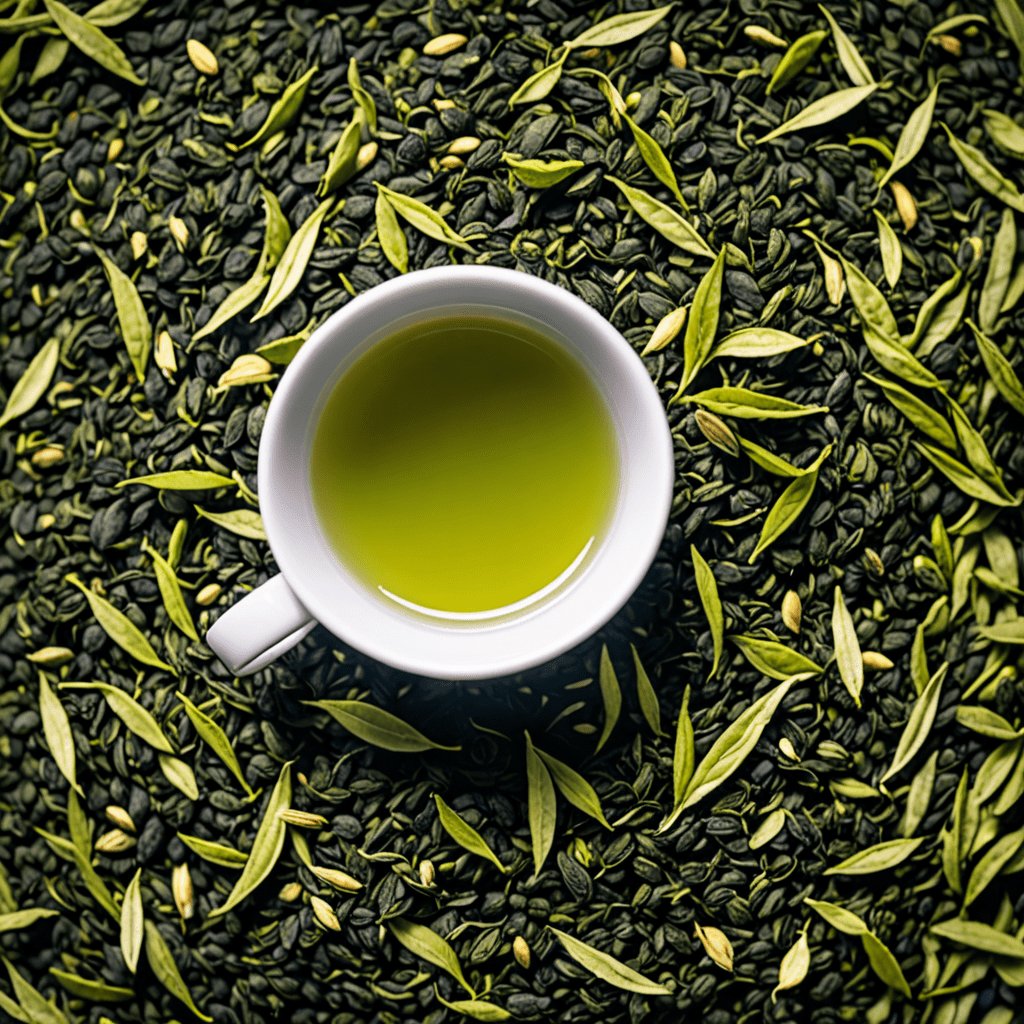
Chai Tea: A Journey Through Time and Culture
Chai tea, an aromatic beverage steeped in history and tradition, has captivated taste buds across the globe for centuries. Originating in the bustling spice markets of India, chai has evolved into a beloved elixir, transcending borders and cultures. This tantalizing brew, crafted from a symphony of spices, has become an integral part of social gatherings, cultural ceremonies, and daily routines worldwide.
Deconstructing the Aromatic Symphony
Chai's captivating aroma and flavor stem from a harmonious blend of aromatic spices. Black tea forms the foundation, providing a robust base for the infusion. Cardamom, with its warm and slightly minty notes, adds a distinctive character. Cinnamon, with its sweet and spicy warmth, complements the cardamom perfectly. Ginger, known for its invigorating and anti-inflammatory properties, adds a hint of piquancy. Cloves, with their assertive and aromatic flavor, round out the symphony, creating a complex and captivating taste experience.
The Health Elixir: Exploring Chai’s Medicinal Properties
Beyond its delectable taste, chai tea is renowned for its purported health benefits. The blend of spices used in traditional chai recipes has been employed in Ayurvedic medicine for centuries. Cardamom aids digestion and supports respiratory health. Cinnamon is believed to regulate blood sugar and reduce inflammation. Ginger possesses anti-nausea and anti-inflammatory properties. Cloves are rich in antioxidants and may support oral health. Collectively, these spices contribute to chai's reputation as a holistic beverage that promotes well-being.
The Ritual: Brewing Chai with Tradition
Brewing chai tea is a ritual steeped in tradition. Traditionally, chai is prepared in a clay pot called a "kulhad." Water is brought to a boil in the kulhad, and the tea leaves and spices are added. The mixture is simmered until the spices have infused the tea with their distinct flavors. Milk and sugar are then added to taste, creating a rich and creamy beverage. The process of brewing chai is often accompanied by gentle stirring and swirling, adding to the ritualistic nature of its preparation.
Variations on a Theme: Exploring Global Chai Creations
While traditional chai remains a beloved classic, countless variations have emerged worldwide. In Kashmir, "kahwa" is a popular variant that incorporates green tea leaves and saffron. In Tibet, "butter tea" is a unique concoction made with yak butter and salt. In Malaysia, "teh tarik" is a frothy delight created by repeatedly pouring the tea between two cups. These variations showcase the adaptability and versatility of chai, embracing local ingredients and flavors to create unique and tantalizing beverages.
Chai and Cuisine: A Culinary Symphony
Chai's versatility extends beyond its traditional role as a beverage. Chefs and culinary enthusiasts have embraced chai's unique flavor profile, incorporating it into a diverse array of dishes. From sweet to savory, chai-infused creations tantalize taste buds and add a touch of exotic flair to culinary adventures. Pastries, cakes, and cookies infused with chai's aromatic spices delight dessert lovers, while savory dishes like curries, marinades, and sauces take on a new dimension of flavor when infused with chai's essence. The culinary possibilities with chai are boundless, offering endless opportunities for experimentation and gastronomic exploration.
The Social Brew: Chai as a Catalyst for Connection
Chai holds a special place in social gatherings, fostering a sense of community and connection. In many cultures, chai is served as a welcome gesture, inviting guests to share in its comforting warmth and stimulating aroma. Chai-drinking sessions often become a time for storytelling, laughter, and meaningful conversations. Whether enjoyed in cozy cafes, bustling markets, or intimate homes, chai's ability to bring people together is undeniable. Its communal nature strengthens bonds, facilitates dialogue, and creates a sense of belonging.
Chai and the Arts: A Sensory Delight
Chai's influence extends beyond culinary and social realms, reaching into the world of arts and culture. Its captivating aroma and evocative flavors have inspired artists, musicians, and writers throughout history. Poets have penned verses extolling chai's virtues, musicians have composed melodies infused with its essence, and painters have captured its enchanting spirit on canvas. Chai's sensory appeal has made it a muse for creative expression, inspiring countless works of art that celebrate its beauty and cultural significance.
Sustainable Chai: Preserving the Legacy
As the popularity of chai continues to soar globally, it is crucial to ensure its sustainability. Ethical sourcing of spices, responsible cultivation practices, and environmentally friendly packaging are essential for preserving chai's legacy for generations to come. By embracing sustainable practices, we can safeguard the livelihoods of tea farmers, protect ecosystems, and ensure that future generations can continue to savor the aromatic bliss of chai.
The Allure of Chai: An Aromatic Legacy
Chai tea, with its rich history, captivating flavor, and multifaceted cultural significance, has captured hearts and palates worldwide. Its versatility as a beverage, culinary ingredient, social catalyst, and artistic inspiration speaks to its enduring appeal. As we continue to explore and appreciate the world of chai, let us embrace its sustainable practices to ensure that its aromatic legacy continues to enrich our lives for generations to come.
FAQs
What is the difference between chai tea and regular tea?
Chai tea is a blend of black tea with aromatic spices, while regular tea typically refers to unflavored black, green, or herbal teas.How do I make chai tea at home?
To make chai tea at home, brew black tea leaves with a blend of spices such as cardamom, cinnamon, ginger, cloves, and peppercorns. Add milk and sugar to taste.What are the health benefits of chai tea?
Chai tea contains antioxidants and anti-inflammatory compounds that may support digestion, reduce nausea, and boost the immune system.
What are some popular chai tea variations?
Popular chai tea variations include Kashmiri kahwa, Tibetan butter tea, and Malaysian teh tarik.How can I make chai tea more sustainable?
To make chai tea more sustainable, choose ethically sourced spices, support small-scale tea farmers, and opt for eco-friendly packaging.


